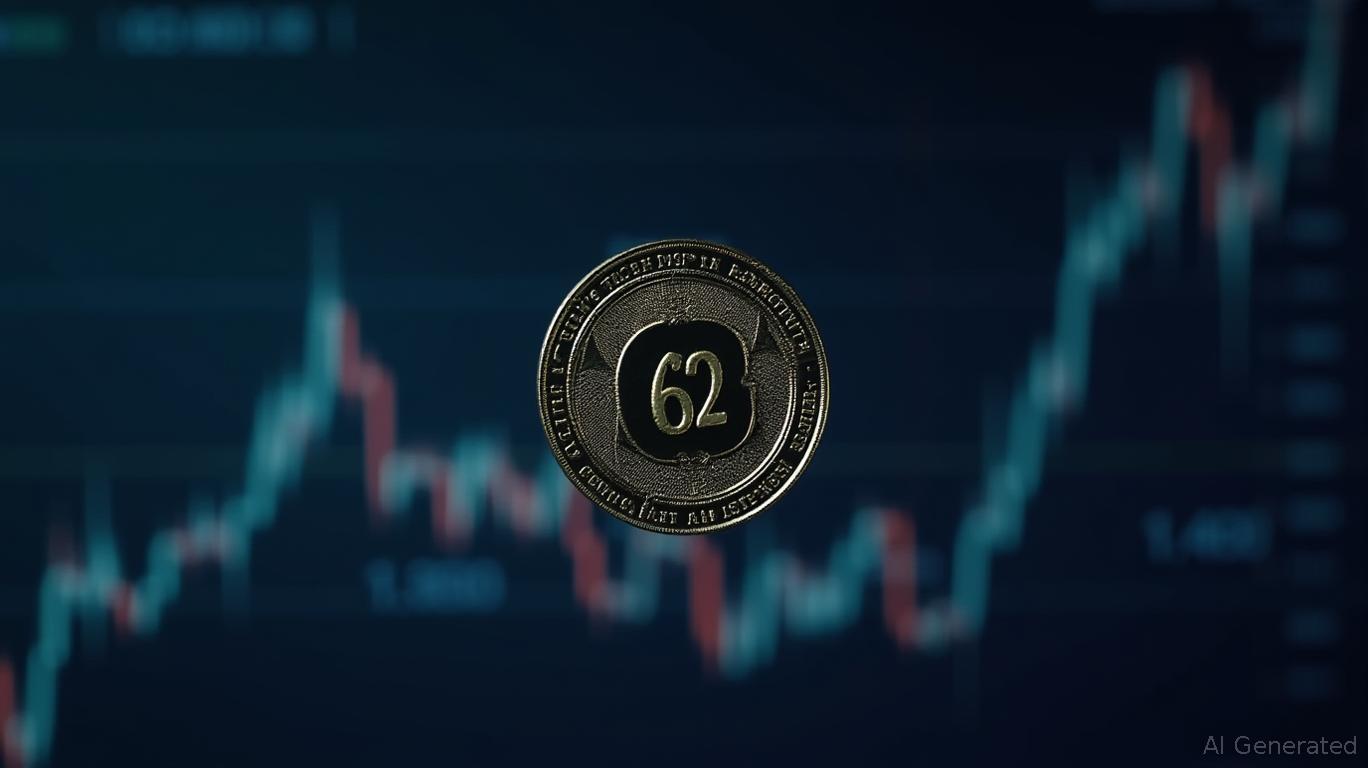Crypto Fear and Greed Index Drops 3 Points to 62 Indicating Cautious Optimism
The Crypto Fear and Greed Index, a crucial tool for assessing investor sentiment, currently stands at 62, indicating a state of 'Greed' as of June 4th. This level suggests a cautious optimism within the cryptocurrency market, reflecting a balanced outlook where investors are optimistic but not overly euphoric. The index aggregates multiple data points, including volatility, market momentum, social media trends, and Bitcoin dominance, to provide a comprehensive view of market emotions.
According to COINOTAG, the slight dip from 64 to 62 indicates minor profit-taking but maintains an overall positive outlook. This shift underscores the importance of sentiment analysis in trading strategies, as it helps investors understand the emotional undercurrents driving market movements. The index's multi-dimensional approach ensures that it captures both quantitative market data and qualitative social sentiment, offering a balanced view of investor psychology.
A reading of 62 suggests that the market is leaning towards optimism, with investors showing confidence in price appreciation. While this level is not at the peak of 'Extreme Greed,' it indicates a willingness to take on risk, often correlating with upward price momentum. The recent slight decline from 64 to 62 may reflect short-term profit-taking or a cautious pause, signaling that while enthusiasm remains, some investors are reassessing their positions. This nuanced sentiment highlights the importance of combining the index with other analytical tools to avoid overreliance on a single indicator.
Traders can leverage the Fear and Greed Index in several strategic ways. For instance, periods of 'Extreme Fear' often coincide with undervalued assets, presenting potential entry points for long-term investors. Conversely, 'Extreme Greed' readings may warn of overbought conditions, suggesting caution or profit-taking. The index can also validate signals from technical analysis, enhancing decision-making confidence and mitigating emotional bias by understanding collective market sentiment.
However, the Crypto Fear and Greed Index has inherent limitations. It reflects sentiment correlated with price movements but does not directly predict market direction. It offers broad market mood context rather than exact entry or exit signals. Reliance on social media and search trends can introduce noise or manipulation risks, and the absence of direct investor polls reduces the index’s comprehensiveness. Therefore, it is best used as a complementary tool within a diversified analytical framework, combining technical, fundamental, and sentiment analysis for robust decision-making.
In conclusion, the Crypto Fear and Greed Index, currently indicating a 'Greed' sentiment at 62, offers a valuable lens into the collective psychology of cryptocurrency investors. Its comprehensive methodology and real-time updates make it a useful tool for understanding market mood and guiding strategic decisions. However, investors should integrate this sentiment indicator with other analyses to navigate the inherent volatility and complexity of the crypto market effectively. By doing so, they can better position themselves to capitalize on opportunities while managing risks in an ever-evolving landscape.


Comments
No comments yet